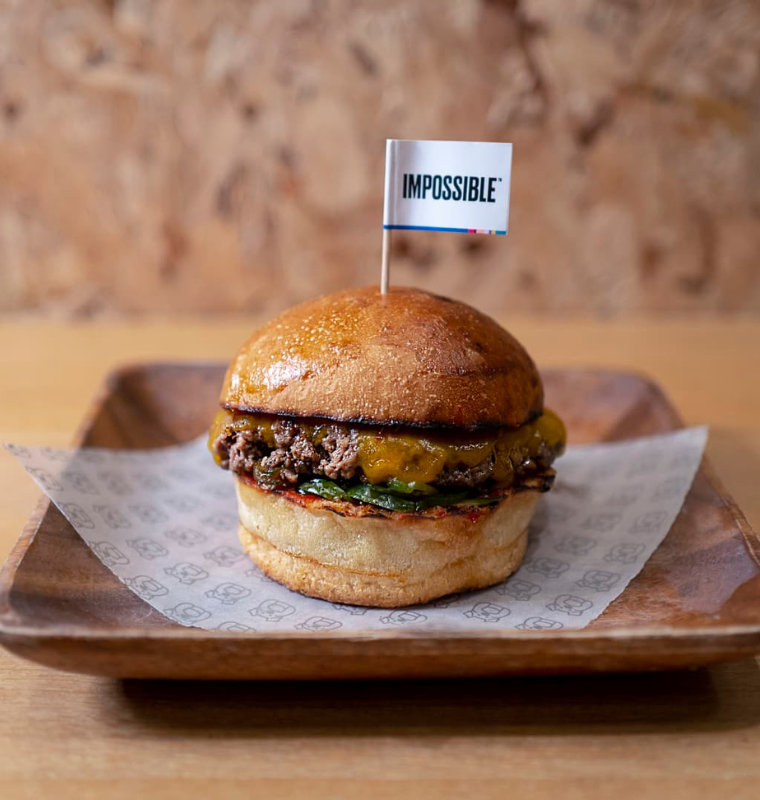Singapore Grand Prix Sparks Tourism Boom Across Asia-Pacific
By
David Goldfarb
Last updated:
October 3, 2025
First Published:
October 3, 2025

Photo: South China Morning Post
A high-octane economic boost
The 2025 Singapore Grand Prix is not just a three-day race — it’s an economic accelerator for the entire Asia-Pacific region. Luxury travel packages range from $62,000 hotel suites to six-figure race experiences, drawing affluent visitors from around the world. But the financial windfall doesn’t stop at Marina Bay. Data shows that international attendees are extending their trips, spending on hotels, tours, and attractions in other countries across Asia.
Marketing analytics platform Sojern reports that among travelers with onward journeys, 25% of Americans and Canadians are adding Japan to their itineraries, 18% of Europeans are visiting Thailand, and nearly one-third of Australians are tacking on trips to Indonesia, primarily Bali. Additional destinations include China, India, South Korea, the Maldives, and Fiji, reflecting a wider regional impact.
Bundled travel packages on the rise
Samer Elhajjar, senior lecturer at the National University of Singapore, notes that travel companies are increasingly bundling Singapore’s night race with popular island destinations. “Visitors come for the F1, then head to Bali for two or three days,” he said. “It’s amazing for the broader regional economy.”
CNBC Travel identified packages combining the Grand Prix with trips to Malaysia’s Langkawi and Borneo, or cruises stopping in Japan, Hong Kong, and Vietnam. These itineraries show how the race has evolved from a single event into a platform for multi-destination travel.
Tourism ripple effects from other F1 events
This trend mirrors patterns seen at other Asia-Pacific races. A Visa report highlighted that at the 2025 Australian Grand Prix, around 25% of international visitors explored Melbourne’s suburbs post-race, while others ventured as far as Sydney. Similarly, the Japan Grand Prix in Suzuka saw attendees traveling to Osaka, Kyoto, and Okinawa, the latter 700 miles away, underscoring F1’s influence on regional tourism.
Extending the race experience
The Singapore Grand Prix now attracts not only motorsport enthusiasts but also global leaders and business travelers attending trade forums such as Token2049 and the Milken Institute Asia Summit. North American and European visitors account for roughly a quarter of arrivals and tend to arrive earlier and stay longer than Asian travelers, according to Sojern.
While Australians remain the largest share of inbound bookings, arrivals from South Korea and China have surged this year, surpassing the United Kingdom in total bookings. Families attending the race increased by 6.6% compared with last year, while solo travelers declined 8%, signaling a rise in leisure-focused travel.
Elhajjar explained, “Longer stays mean more spending, benefiting Singapore’s economy and the broader region.”
Experiences over possessions
A Hilton survey of 5,000 respondents from China, India, Japan, Australia, and Singapore found that 40% of Asia-Pacific travelers plan international trips around sporting or music events, led by 59% in China and 57% in India.
Ben George, Hilton’s senior vice president for Asia-Pacific, highlighted a growing consumer shift toward experiences. “Customers are increasingly prioritizing experiences over physical goods,” he said. Hilton members spent more than 9 million loyalty points on six Singapore Grand Prix packages this year — a 23% increase over last year, marking the highest total ever for this event.
From high-end hotel suites to multi-country adventures, the Singapore Grand Prix is transforming the region’s tourism landscape. By encouraging extended stays and multi-destination trips, the race is generating revenue not just for Singapore but for the wider Asia-Pacific, proving that F1’s economic engine extends far beyond the racetrack.
Popular articles
Subscribe to unlock premium content
Humanoid Robots Could Outperform Humans in Space Missions

Quantum Computing Startups Ready to Disrupt the World

Hidden Travel Gems That Boost Creativity According to Billionaires

Humanoid Robots Could Outperform Humans in Space Missions

Quantum Computing Startups Ready to Disrupt the World

Humanoid Robots Could Outperform Humans in Space Missions









